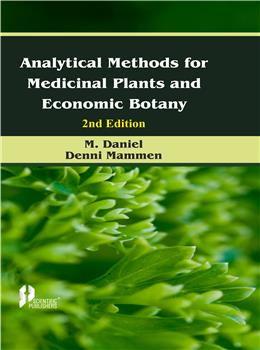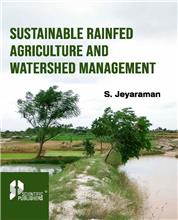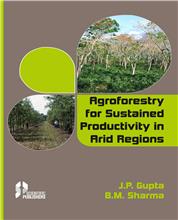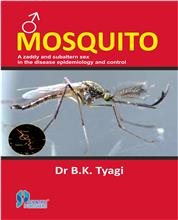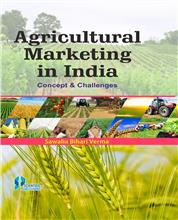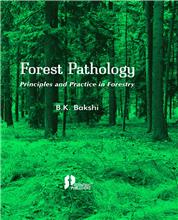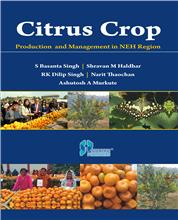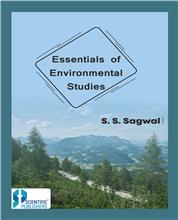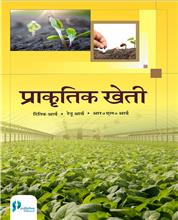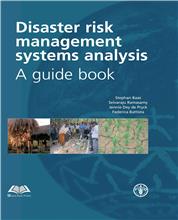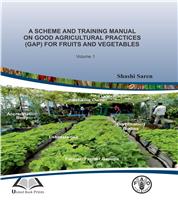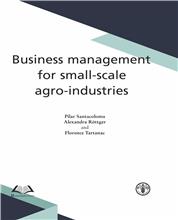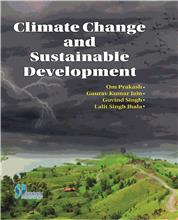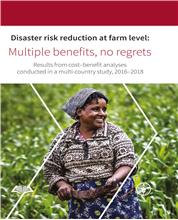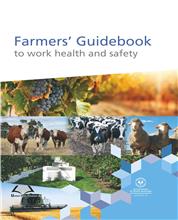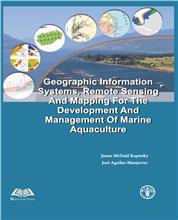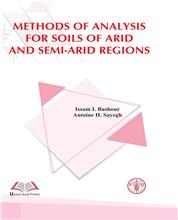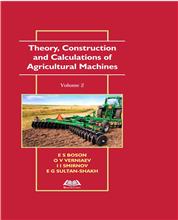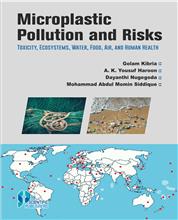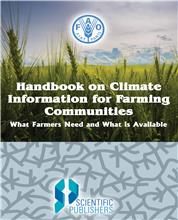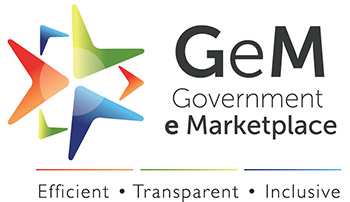Preface
How
to get the best from this book
1. Methods of
Extraction and Characterization
1.1
Extraction
1.2.
Sample purification and concentration
1.3.
Solvents used for extraction
1.4.
Isolation and Characterization
2. Carbohydrates
2.1.
Monosaccharides
2.2.
Disaccharides
2.3.
Analytical methods
2.4.
Polysaccharides
3. Amino acids
and Proteins
3.1.
Amino acids: protein and non-protein amino acids
3.2
Proteins
4. Fats and Oils
5. Terpenoids
5.1
Mono and sesquiterpenoids, Volatile oils
5.2.
Iridoids
5.3.
Diterpenoids
5.4.
Triterpenoids
5.5.
Carotenoids
5.6.
Polyisoprenoids - Rubber and Gutta
6. Alkaloids
6.1.
General methods of extraction and testing of alkaloids
6.2.
Alkaloidal amines
6.3.
Indole alkaloids
6.4.
Isoquinoline alkaloids
6.5.
Purine alkaloids
6.6.
Pyridine-piperidine alkaloids
6.7.
Quinazoline alkaloids
6.8.
Quinoline alkaloids
6.9.
Steroidal alkaloids
6.10.
Tropane alkaloids
6.11
Tropolone alkaloids
7. Phenolics
7.1.
Simple phenols and benzoic acids
7.2.
Phenylpropanoids
7.3.
Flavonoids
7.4.
Quinones
7.5.
Tannins
7.6.
Lignin
8. Other
nitrogen containing compounds
8.1
Amines
8.2.
Cyanogenic glycosides
8.3
Indigo from Indigofera
8.4.
Chlorophylls
9. Sulphur
containing compounds
9.1
Glucosinolates
9.2
Sulphides
9.3
Thiophenes
10. Alkanes,
Acetogenins and Polyacetylenes
10.1
Alkanes
10.2.
Annonaceous acetogenins
10.3.
Polyacetylenes
References
Index
